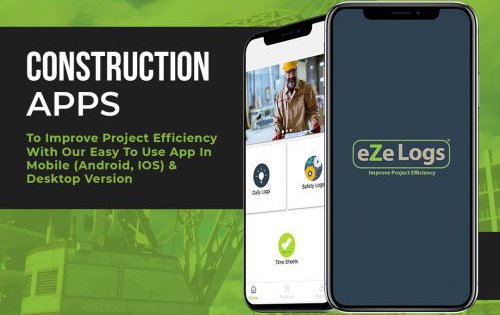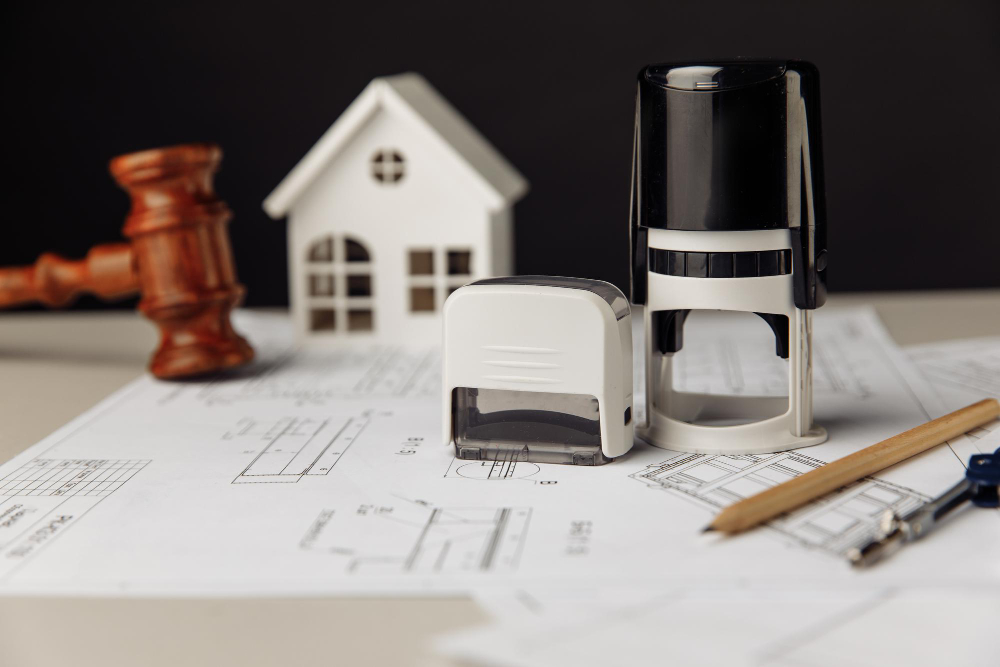The Submittal Process: Still Stuck in 2005?
Submittals in construction have long been a thorn in the side of project managers, architects, and contractors. Despite being critical to ensuring compliance, quality, and timeline integrity, submittals often become bottlenecks.

Traditional workflows rely on spreadsheets, email threads, and legacy platforms that are sluggish, prone to errors, and riddled with miscommunication. This is were Ezelogs comes into play.
The typical submittal workflow begins with a contractor preparing documents such as material data, shop drawings, and product samples. These are then submitted for approval to the architect or design team. Once reviewed, they either get approved, rejected, or marked “revise and resubmit.” That’s the simplified version.
In reality, managing hundreds of submittals on a commercial or infrastructure project often turns into a chaotic process. Documents get lost in email threads. Excel logs become outdated the moment someone forgets to update them. Approval delays cascade down to procurement delays, which translate into work stoppages and cost overruns.
In that context, Ezelogs enters not just as a digital platform, but as a full-stack reimagining of how submittals can—and should—be managed.
Ezelogs’ Approach: Automation Meets Field-Level Practicality
What sets Ezelogs apart is its blend of artificial intelligence with boots-on-the-ground usability. Unlike bloated project management suites that try to do everything and end up doing little efficiently, Ezelogs zooms in on documentation, approvals, and transparency.
Predictive Automation
Its submittal module is built around predictive automation. When a spec section is uploaded, the AI engine parses the document, flags required submittals, and generates a draft log—cutting hours of manual entry. If the project specifications call for 12-gauge galvanized steel conduit in Division 26, Ezelogs’ engine identifies that and adds it to the tracking log, complete with relevant due dates based on the baseline schedule.
This automation reduces human error and forces early accountability. Instead of relying on field engineers to comb through the specs and track requirements, Ezelogs auto-generates a detailed submittal matrix that updates dynamically.
Real-Time Workflow Tracking
A central problem with traditional submittals is the lag in response and lack of transparency. Submittals submitted to an architect might sit for days without an update. Then the GC emails, prompting a rush review, which often leads to rejections or revisions.
Ezelogs addresses this by making the submittal workflow live and transparent. Each stakeholder—GCs, subs, architects, and consultants—can see where a document stands in real time. If a steel shop drawing is awaiting review, the design consultant can’t claim they didn’t receive it—it’s logged, timestamped, and visible.
The system also tracks response times. If a submittal takes 12 days to get approved when the contract allows 10, that delay is documented. Over time, this builds a defensible record for delay claims or backcharges. It also incentivizes design teams to stay responsive.
Subcontractor Onboarding and Standardization
Ezelogs doesn’t just serve the upper tiers of the project hierarchy. Subcontractors—often the ones responsible for preparing submittals—can access guided templates within the platform. When a mechanical subcontractor needs to submit equipment cut sheets and commissioning procedures, the platform suggests the required attachments and formats.
This creates a level of standardization that’s often missing in decentralized teams. Instead of a dozen different document formats from as many subs, the general contractor receives consistent, well-labeled packages that can be processed faster.
Revision Control and Historical Traceability
Submittal revisions are inevitable. The problem lies in tracking them properly. When version 3 of a glazing submittal is submitted, is everyone sure they’re working from the latest set? Can field supervisors verify the approved version against what’s being installed?
Ezelogs ties submittals directly to the drawing logs and schedule of values. Each revision is logged and tagged. QR codes can be applied to physical documents or packaging, letting field teams verify document status on the spot with mobile devices. When inspectors or owners ask for audit trails, the information is ready, without weeks of backtracking.
AI-Powered Predictive Reminders
Late submittals are a constant threat to project timelines. Ezelogs leverages machine learning to analyze past submittal cycles and sends automated reminders when a delay is predicted. If an MEP consultant usually takes 7 days to review a drawing and a holiday weekend is approaching, the system warns the team to submit earlier.
The AI doesn’t just look at individual items—it evaluates clusters of submittals related to critical path activities. If multiple long-lead submittals for HVAC systems are delayed, Ezelogs flags the cluster and alerts the team. This predictive insight gives project managers a proactive edge.
Integrated with Schedule and Procurement
Submittals don’t exist in a vacuum—they’re tied to procurement and installation activities. Ezelogs syncs submittal approval timelines with procurement schedules. If a light fixture has a 10-week lead time post-approval, the system calculates the required submittal approval date and notifies the responsible party if that date is at risk.
This tight integration allows for real-world schedule adjustments. If procurement delays are unavoidable, Ezelogs supports rapid change order documentation with evidence-backed timelines. It brings finance and field execution closer together, especially on design-build projects.
Adoption on Mid-Sized Projects
While large enterprises may already use complex platforms like Procore or Autodesk Construction Cloud, Ezelogs has found a sweet spot among mid-sized GCs and developers who need robust tools without enterprise-level pricing or steep learning curves. Its interface is mobile-friendly and doesn’t assume every user is a tech-savvy PM. That’s helped it gain traction on hospitality, multi-family, and K-12 projects where paperwork volume is high but tech budgets are limited.
Also Read:
EzeLogs Quantum: Revolutionizing Construction Levelling
Maximizing Efficiency with BIM VDC: A Guide for Construction Professionals
Quantum Solutions for Construction Project Management
Why BIM Programs are Essential for Modern Construction Projects
Smart Construction: Quantum Scheduling & Resource Planning
Enhancing Risk Mitigation Tracking in Construction Projects


